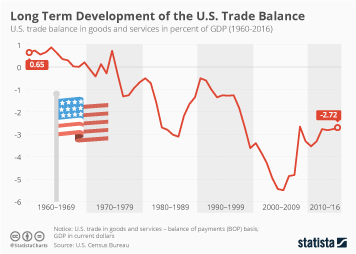As Americans are heading to the polls on Tuesday to pick their next president in a race as close as it has been turbulent, the world is watching eagerly. After all, the outcome of the election will not only decide who the next leader of the world’s most powerful country will be, but also shape the nation’s role on the world stage for the next four years. While Kamala Harris would likely not deviate too much from the foreign policy of the Biden Administration, which she has been an important part of, a second term of Donald Trump would bring more uncertainty, because Trump’s policies are in many ways like his character – unpredictable.
With respect to China – the world’s second largest economy and the largest source of U.S. imports – it is widely expected that Trump would escalate the trade war he started during his first term, as he has repeatedly floated the idea of hitting imports from China with a 60 percent tariff, a proposal that would have wide-ranging consequences and force U.S. companies to re-think their supply chains.
The U.S. trade deficit in goods trade with China narrowed to its lowest level since 2010 last year, as imports from China fell by more than $100 billion compared to the previous year. In fact, imports from the world’s largest exporter were even lower than in 2020, when imports from China had fallen to $432 billion amid an ongoing trade war between the two countries and disruptions caused by the Covid-19 pandemic.
According to the U.S. Census Bureau, the deficit with China decreased more than 25 percent to $279 billion in 2023, as tensions – both economic and political – between the two superpowers have remained high. Amid those tensions, many companies have tried to reduce their dependency on China by diversifying their supply chain or moving final assembly to other Asian countries.
Moreover, Chinese platforms like Temu, which are shipping increasingly large quantities of packages directly to U.S. consumers, take advantage of the so-called de minimis exception, which allows packages worth less than $800 to enter the U.S. tariff free. These shipments aren’t counted in U.S. trade data, meaning that actual imports from China are higher than official data suggests.



















